Breathalyzers are mainly associated with the work of police officers, border guards and routine checks at outdoor events. Meanwhile, these practical devices are available to everyone, especially drivers. Which breathalyser should I buy? What is calibration? These and other questions are answered in this guide.
How does a breathalyzer work?
The purpose of a breathalyzer (also known as a breath tester) is to measure the alcohol content of a person s breath, which is translated into a blood alcohol level. The sample inhaled through the mouthpiece is fed through a mechanical air processing system to a sensor (the brain of the breathalyser) – the type of sensor determines the method of measurement. The information gathered by the sensor is then processed by the electronic circuit into a human-readable result displayed on the breathalyser screen.
Breathalyzer for a car – Why is it worth it?
We have already written about whether it is worth buying a breathalyser on our blog. Today we will focus on the usefulness of these devices in the hands of drivers. Statistically, it is they who most often use the breathalyser. A self-check on the day after a drunken party not only puts off the spectre of a ticket, loss of a driving licence or even a prison sentence, but above all, it may decide on a human life. Especially since alcohol can be treacherous: in the morning you may feel completely sober, while the alcohol is still circulating in your veins. An investment for a breathalyser is nothing when compared to the consequences of driving under the influence.

Breathalysers are also used by parents who have suspicions about a child who has fallen into bad company. For both of these tasks, we recommend the AL-8000 Plus electrochemical breathalyzer. Its main features include a test counter, high measuring precision of 0.05‘ and a passive mode, which makes it possible to test a person who is unable to inhale through the mouthpiece.
How many beverages can you have to drive a car?
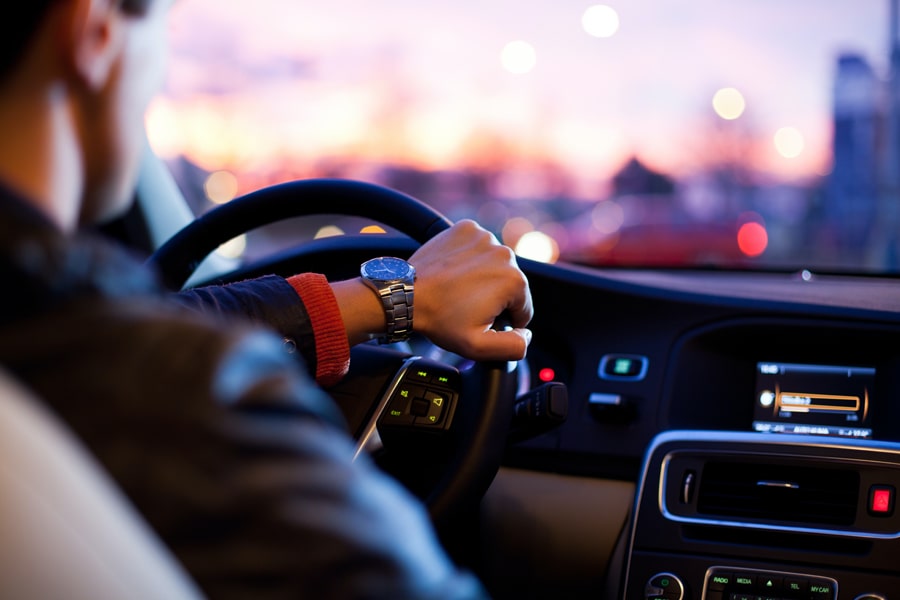
The blood alcohol content is defined in per mille – 1 per mille translates into 100 mg of alcohol in 1 deciliter of blood. The alcohol concentration and absorption rate depends on many factors such as gender, weight, age, innate tolerance and the type of alcohol consumed. In other words, the test results of two people who drank one beer each are likely to be slightly different. In Northern Ireland, Wales and England, the alcohol limit for drivers is 80 milligrammes of alcohol per 100 millilitres of blood, 35 micrograms per 100 millilitres of breath, or 107 milligrammes per 100 millilitres of urine.
Types of breathalyzers
There are three types of sensors – electrochemical, semiconductor and spectrophotometric. In case of electrochemical breathalyzers the alcohol level is measured by the oxidation of ethanol by chemical compounds at the electrode. This process turns ethanol into acetic acid, which then releases electrons. The amount of current thus generated is proportional to the alcohol concentration in the exhaled air. The advantage of this sensor is that it only reacts to alcohol, ignoring other factors such as nicotine. This is why electrochemical breathalysers are the most popular option among both professional and civilian users.
Semiconductor breathalyzers are based on increasing the conductivity of a semiconductor when exposed to alcohol in a sample of inhaled air. This is the most unreliable method because the semiconductor also reacts to other substances (e.g. nicotine, hydrocarbons and acetone) which can falsify the test result. For this reason, solid-state breathalysers are gradually losing popularity in favour of electrochemical models.
Stationary spectrophotometric breathalyzers are designed exclusively for professional use, e.g. in police forces or hospitals. These devices use the infrared spectrum, which provides the most accurate measurement that cannot be falsified by any factors. Spectrophotometers are the only devices that do not need to be calibrated.
What is a breathalyzer calibration?
The breathalyzer becomes out of calibration over time with regular use, which leads to false results and, in time, even irreversible damage to the sensor. This problem affects all breathalyzers (except for spectrophotometric models) regardless of sensor type, manufacturer or price range. In order to restore its efficiency, regular calibrations are necessary. This is a control and optimisation process during which the breathalyser software is configured to display the correct measurement again. Calibration requires specialist knowledge and the appropriate technological facilities – for this reason you should not do it yourself. A better and more sensible idea is to use the service provided by Detective Store. The breathalyzer calibration takes place using state-of-the-art laboratory equipment from Guth Laboratories operated by qualified specialists. Remember that only calibration at an authorised dealer guarantees the best result and forms the basis of the warranty.
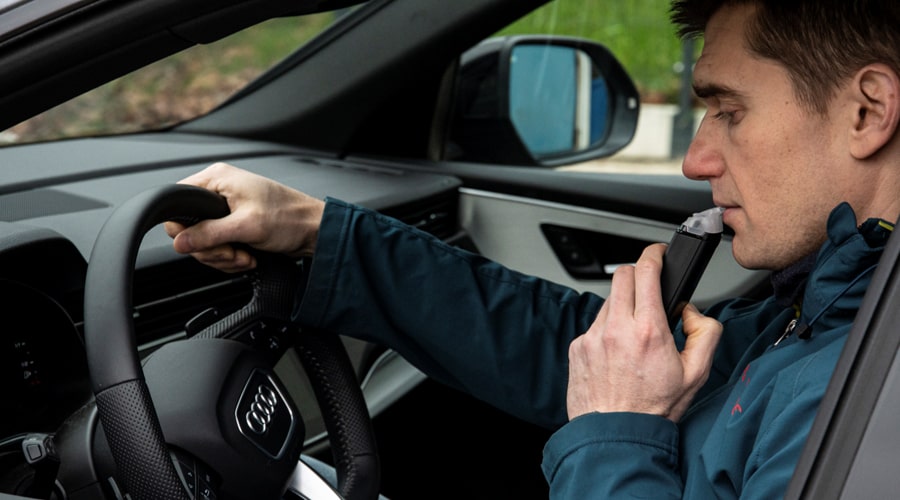
How often should I calibrate the breathalyser?
The frequency of calibration depends mainly on the type of sensor, the specific manufacturer and also on how intensively the breathalyser has been used. It is generally accepted that a breathalyser should be calibrated every six months or after approx. 500 measurements. A recalibrated breathalyser can be recognised by unreliable or even random results, e.g. when the test indicates alcohol consumption in a sober person. Fortunately, most devices inform you of the upcoming calibration deadline by the word CAL or SER. A model with such a function is the AlcoFind PRO X-5plus breathalyzer for drivers, which is additionally equipped with a self-diagnosis system removing contaminants from the sensor (e.g. alcohol vapours) produced after previous tests.
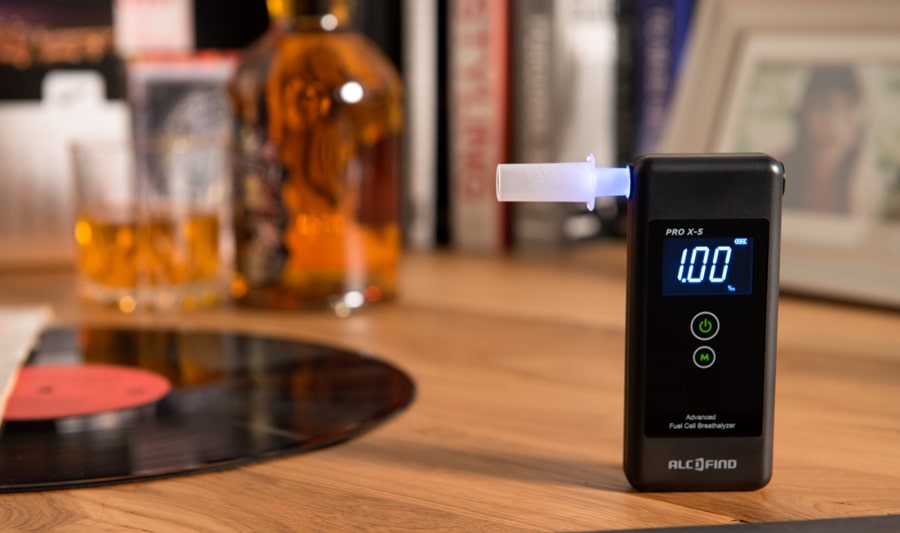
How to take care of the breathalyzer for a driver?
A breathalyzer can be easily damaged by improper use. Rapid temperature changes, close proximity to materials containing alcohol and contact with chemicals (cigarette smoke, celluloid or petrol) are harmful to it. It is best to store the breathalyser at room temperature and away from places such as car lockers, garages, home bars or wine bars. It is also recommended that you wait at least 20 minutes before taking a breath test if you have smoked a tobacco product, consumed alcohol or rinsed your mouth with liquid containing traces of alcohol. Only use alkaline batteries and do not take a breath test when the batteries are low – this can cause the sensor to calibrate more quickly. Finally, we would like to remind you about regular calibration – only a correctly calibrated breathalyser will provide reliable results.





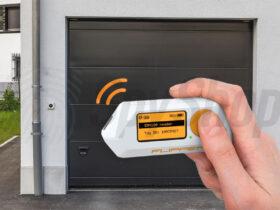
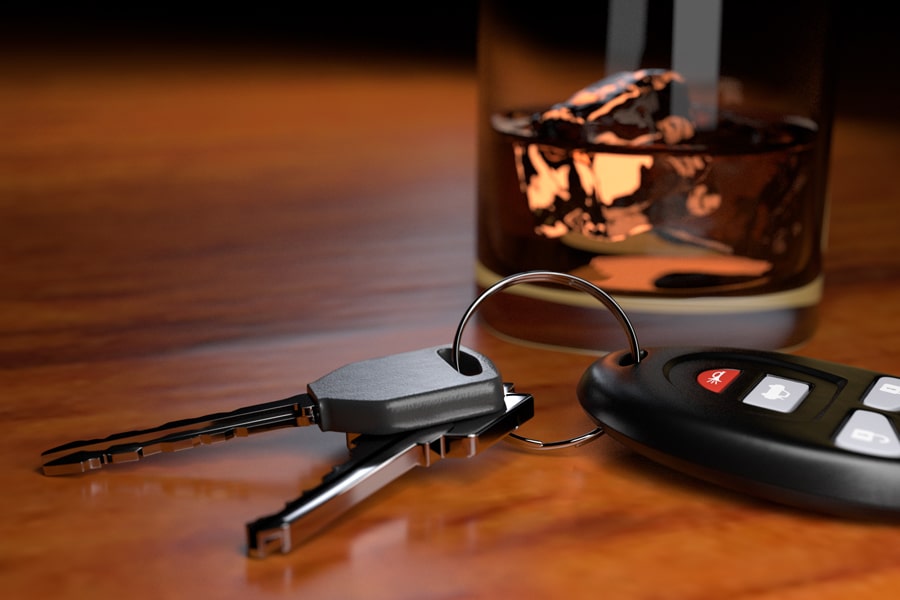

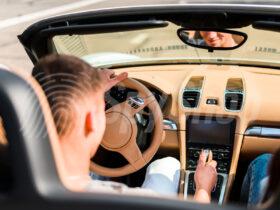
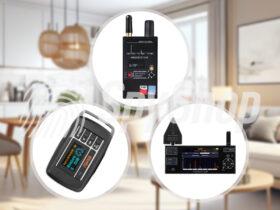

Leave a Reply